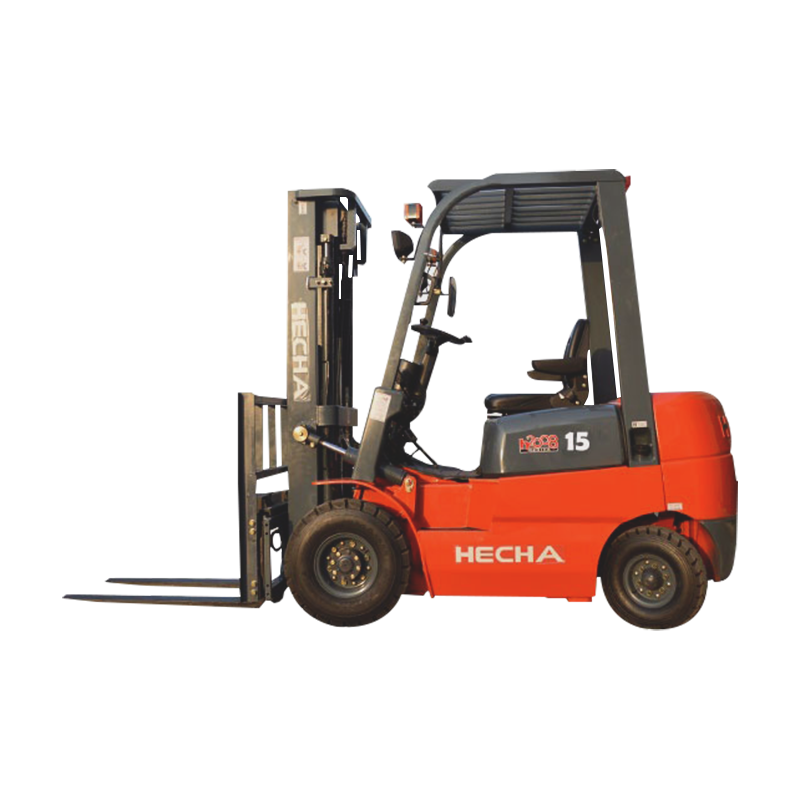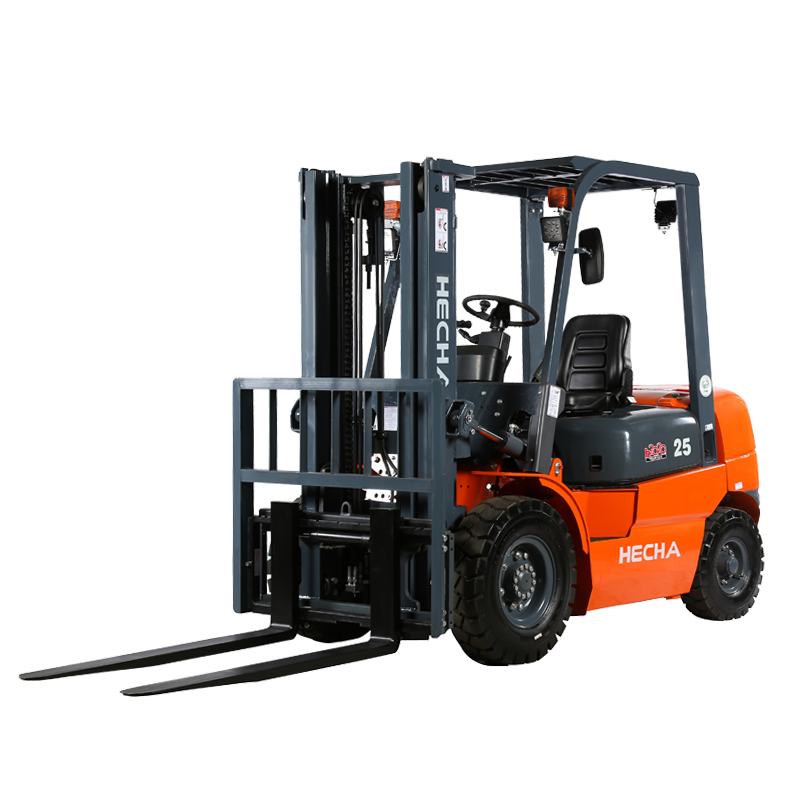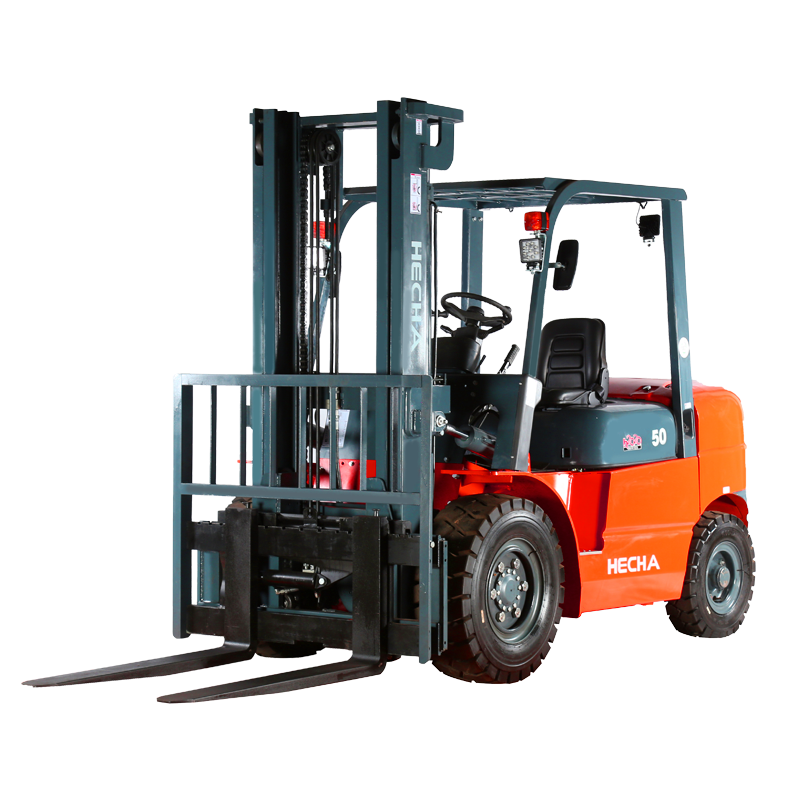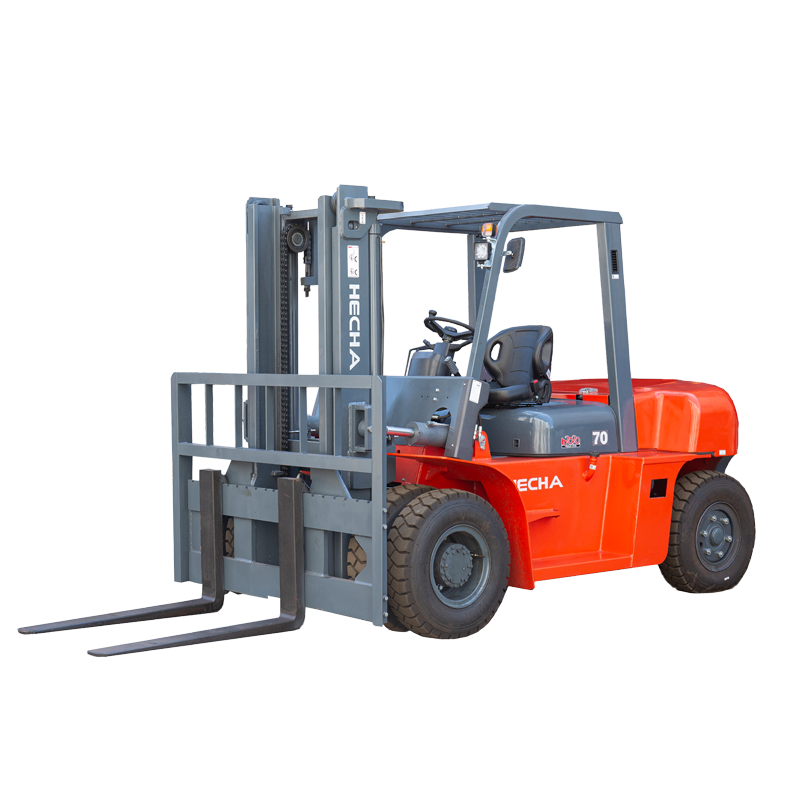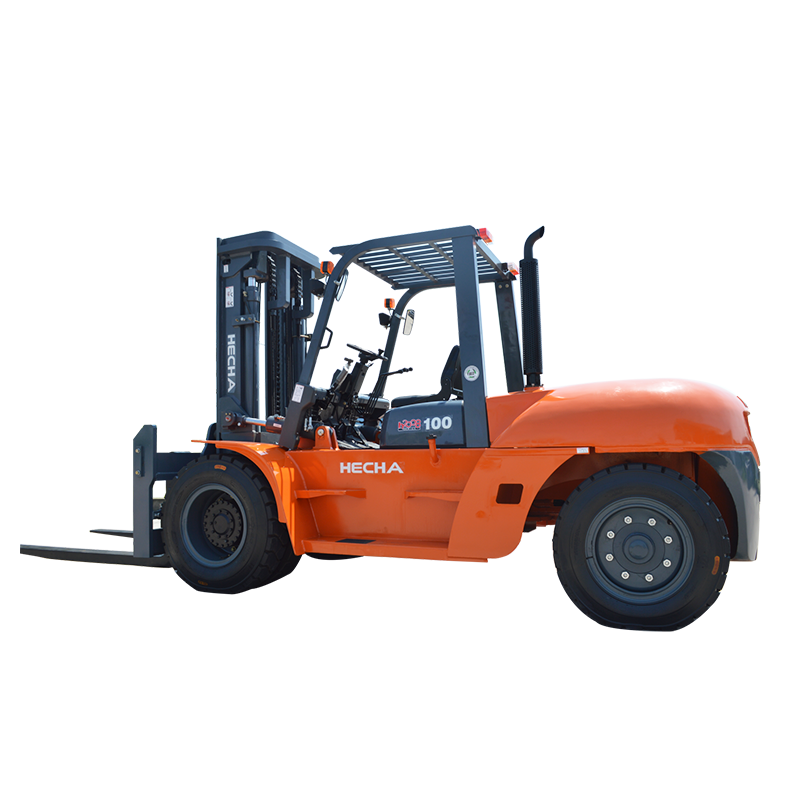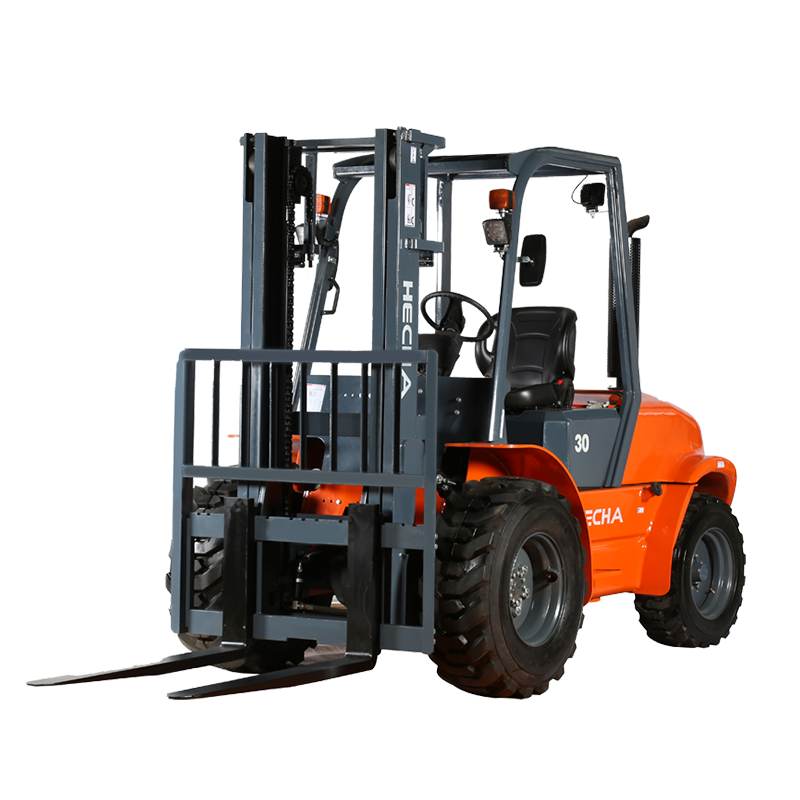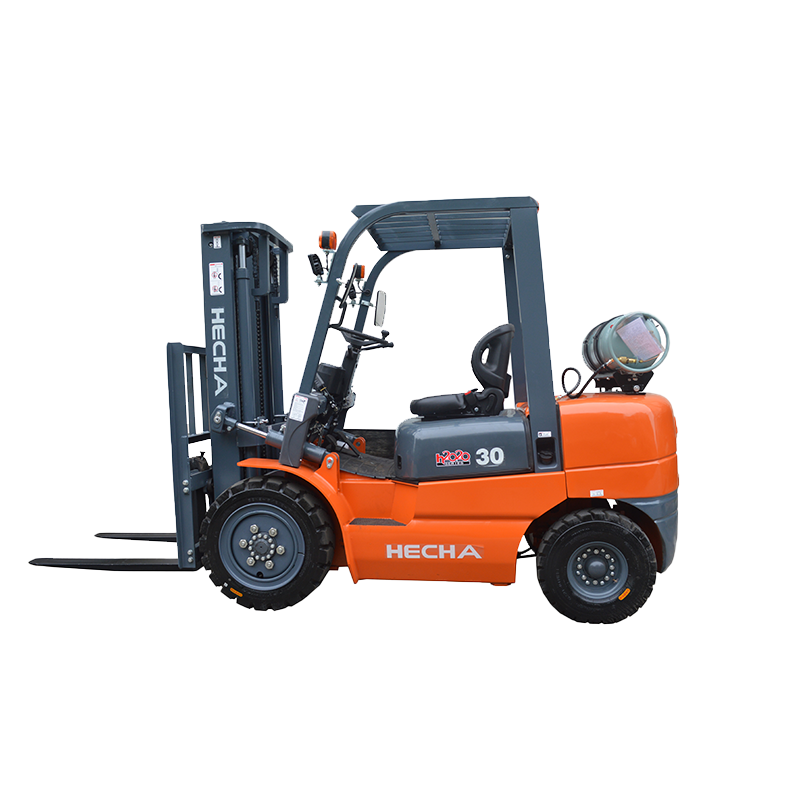The modern warehouse demands efficiency, sustainability, and cost-effectiveness in material handling. Among the various equipment options available, all-electric pallet stackers have gained significant attention due to their operational advantages over traditional alternatives. But are they truly the right fit for your facility? This article examines the key benefits, operational considerations, and potential limitations of all-electric pallet stackers to help you make an informed decision.
The Growing Shift Toward Electric Material Handling
Warehouses and distribution centers are increasingly adopting electric-powered equipment to meet environmental regulations, reduce operational costs, and improve workplace conditions. Unlike internal combustion (IC) or manual alternatives, all-electric pallet stackers produce zero emissions, making them ideal for indoor use where air quality is a concern. They also operate more quietly, reducing noise pollution in busy work environments.
One of the primary reasons businesses consider all-electric pallet stackers is their energy efficiency. Since they rely on rechargeable batteries, operating costs are often lower compared to fuel-powered models. Additionally, advancements in lithium-ion battery technology have extended runtime and reduced charging downtime, further enhancing productivity.
Key Advantages of All-Electric Pallet Stackers
When evaluating material handling equipment, performance and reliability are critical. All-electric pallet stackers offer several distinct advantages that make them a compelling choice for many operations.
First, they provide consistent power without the fluctuations seen in combustion engines, ensuring smooth acceleration and precise load handling. This is particularly beneficial in environments where delicate or high-value goods are transported. The absence of hydraulic fluids also reduces the risk of leaks, contributing to a cleaner and safer workspace.
Another major benefit is reduced maintenance. Electric motors have fewer moving parts than IC engines, meaning fewer components require regular servicing. There are no oil changes, spark plug replacements, or exhaust system repairs—just routine battery care and occasional checks on the electrical system. This translates to lower long-term ownership costs and less equipment downtime.
Ergonomics is another area where all-electric pallet stackers excel. Many models feature intuitive controls, adjustable lifting mechanisms, and compact designs that allow operators to work comfortably in tight spaces. This can lead to reduced operator fatigue and higher productivity over long shifts.
Operational Considerations Before Adoption
While all-electric pallet stackers offer numerous benefits, they may not be the ideal solution for every warehouse. Before making a decision, it’s important to assess several factors to ensure compatibility with your operational needs.
One of the primary considerations is load capacity. While electric stackers are highly efficient for light to medium loads, some heavy-duty applications may still require IC-powered alternatives. Evaluating your typical load weights and lift heights will help determine whether an all-electric model can meet your requirements.
Battery life and charging infrastructure are also crucial factors. Although modern lithium-ion batteries offer extended runtimes, operations with continuous multi-shift usage may need backup batteries or opportunity charging stations. Facilities without adequate charging setups may face interruptions, so planning for power management is essential.
Another consideration is the work environment. All-electric pallet stackers perform best in controlled indoor settings. If your operations involve outdoor use or rough terrain, their performance may be limited compared to IC-powered or heavy-duty alternatives. Cold storage facilities also require specialized electric models with batteries designed for low-temperature operation.
Comparing All-Electric Pallet Stackers to Other Options
To determine whether all-electric pallet stackers are the right choice, it’s helpful to compare them with manual and IC-powered alternatives.
Manual pallet stackers are cost-effective for very light workloads but rely entirely on operator effort, which can slow down productivity and increase physical strain. In contrast, all-electric models automate lifting and movement, allowing operators to handle more loads with less fatigue.
When compared to IC-powered stackers, electric models eliminate fuel costs and emissions, making them more sustainable and often cheaper to run over time. However, IC stackers may still be preferable in outdoor or high-capacity applications where extended runtime and higher power output are necessary.
Making the Right Decision for Your Warehouse
All-electric pallet stackers present a compelling option for warehouses prioritizing efficiency, sustainability, and long-term cost savings. Their zero-emission operation, low maintenance requirements, and ergonomic benefits make them well-suited for indoor material handling. However, businesses must carefully evaluate their specific needs—such as load capacity, operational environment, and charging infrastructure—before committing to electric models.
For facilities with moderate lifting requirements and a focus on green initiatives, all-electric pallet stackers are likely an excellent investment. Yet, operations with heavy-duty or outdoor demands may need to consider hybrid or IC-powered alternatives. By weighing these factors, warehouse managers can select the most appropriate solution to optimize productivity and cost-effectiveness.
Ultimately, the shift toward electric material handling is a trend driven by both economic and environmental benefits. As battery technology continues to improve, all-electric pallet stackers will likely become an even more dominant choice in modern warehouses.

 English
English 中文简体
中文简体 русский
русский Français
Français Español
Español

